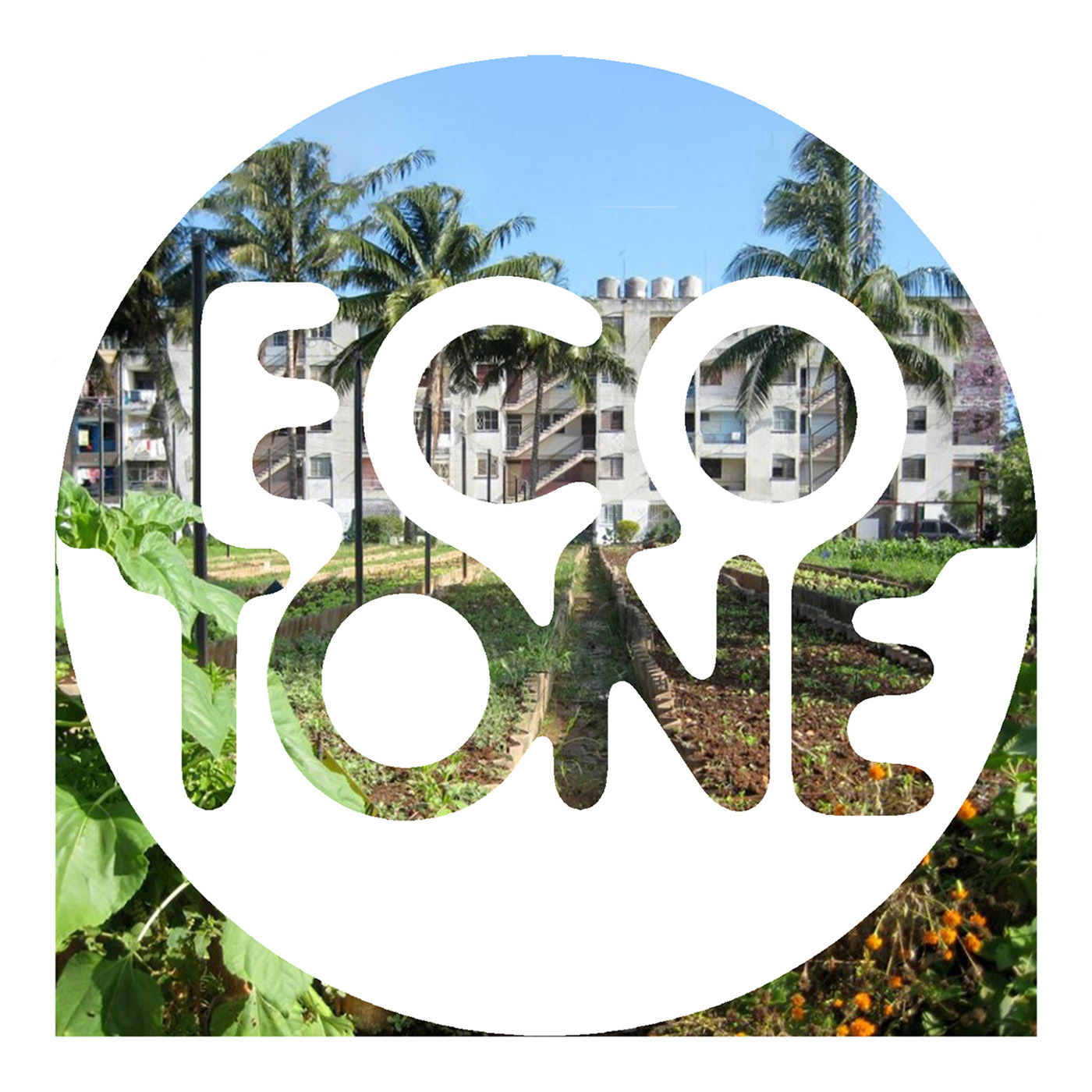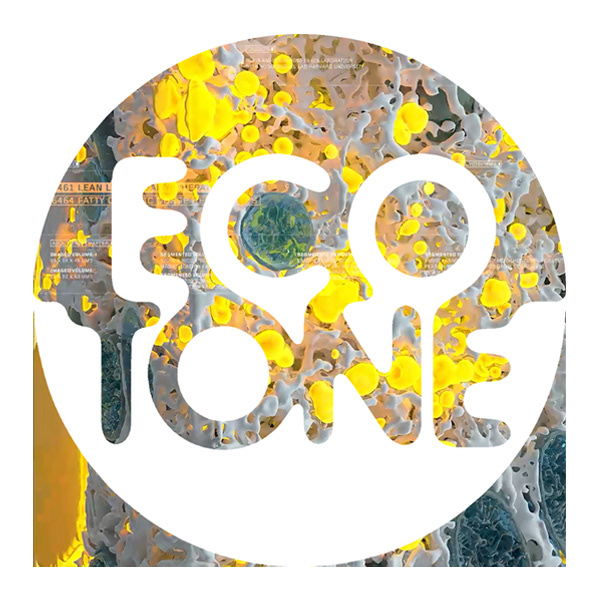Tiny organisms all around and inside us are influencing who we love, how we think, what we eat and much more. We get to the bottom of how and why with ecologist Jake Robinson (@_jake_robinson), and explore how we can work in harmony with them to design healthier cities.
This episode written and produced by Charles Boyd (@soft_boyd) and Timothy Ryan (@timrya_). Charlie is developing materials that can host life in the built environment. Timothy is working towards ecological architectures with carbon-negative and microbially-active materials.
Some of the papers Jake co-authored:
1. The Lovebug Effect: Is the human biophilic drive influenced by interactions between the host, the environment, and the microbiome?; Robinson, J. and Breed, M., 2020.
2. Exposure to Airborne Bacteria Depends upon Vertical Stratification and Vegetation Complexity; Robinson, J., Cando-Dumancela, C., Antwis, R., Cameron, R., Liddicoat, C., Poudel, R., Weinstein, P. and Breed, M., 2020.
3. Let Nature Be Thy Medicine: A Socioecological Exploration of Green Prescribing in the UK; Robinson, J., Jorgensen, A., Cameron, R. and Brindley, P., 2020.
Interesting papers for further reading:
1. A psychology of the human brain-gut-microbiome axis. Social and Personality Psychology Compass; Allen, A., Dinan, T., Clarke, G. and Cryan, J., 2017.
2. Relating Urban Biodiversity to Human Health With the ‘Holobiont’ Concept. Frontiers in Microbiology; Mills, J., Brookes, J., Gellie, N., Liddicoat, C., Lowe, A., Sydnor, H., Thomas, T., Weinstein, P., Weyrich, L. and Breed, M., 2019.
3. Urban habitat restoration provides a human health benefit through microbiome rewilding: the Microbiome Rewilding Hypothesis; Mills, J., Weinstein, P., Gellie, N., Weyrich, L., Lowe, A. and Breed, M., 2017.
4. Immune development and environment: lessons from Amish and Hutterite children; Ober, C., Sperling, A., von Mutius, E. and Vercelli, D., 2017.
5. The ecological and evolutionary consequences of systemic racism in urban environments; Schell, C., Dyson, K., Fuentes, T., Des Roches, S., Harris, N., Miller, D., Woelfle-Erskine, C. and Lambert, M., 2020.
Listen on your favorite platform



